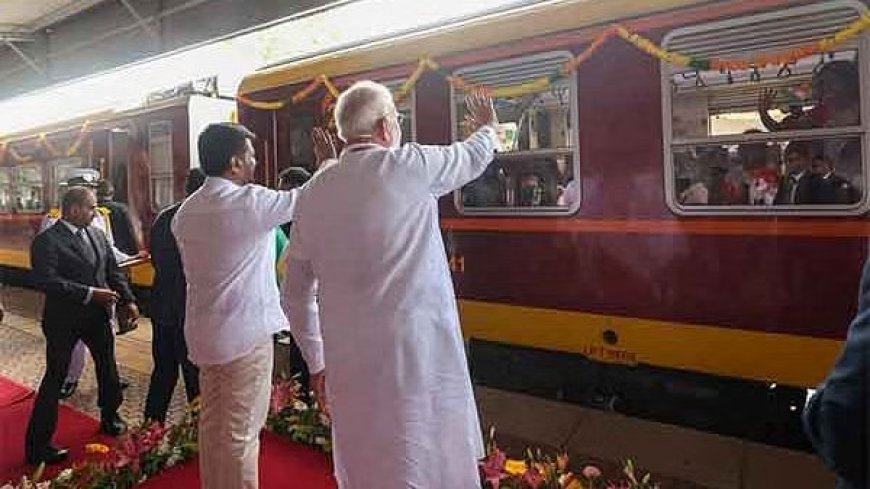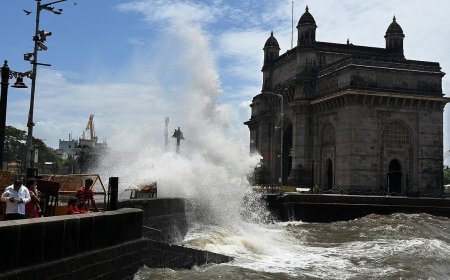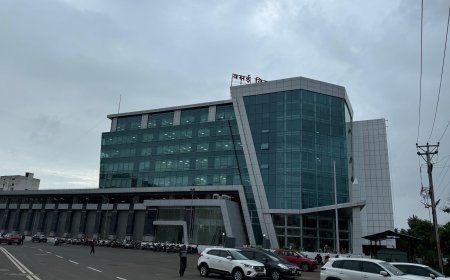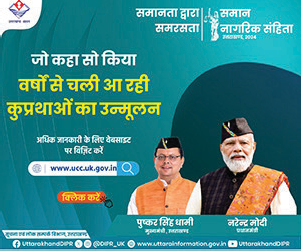Rameswaram,TamilNadu,Talaimannar, SriLanka: In a transformative step for regional integration, Prime Minister Narendra Modi recently inaugurated India’s first vertical lift sea bridge at Pamban, Rameswaram. The bridge marks a milestone in India’s ambition to establish seamless rail-road connectivity with Sri Lanka.
The new 2-km Pamban Bridge, constructed by Rail Vikas Nigam Limited (RVNL) at a cost of ₹535 crore, enables quicker, safer train transit across the Palk Strait while allowing passage of large ships. Built beside the 110-year-old original bridge, it features a 72-metre lift span—second only to Germany’s Kattwyk Bridge.
This modern marvel lays the groundwork for a long-envisioned Dhanushkodi-Talaimannar land bridge: a 17 km rail line restoration from Rameswaram to Dhanushkodi and a proposed 23 km rail-cum-road bridge parallel to the historic Ram Setu.
The strategic link is expected to unlock massive potential in trade, tourism, and geopolitics, transforming the way India connects with Sri Lanka and the rest of South Asia. India’s IRCON has already constructed key Sri Lankan rail links like the Talaimannar-Medawachchiya line under a $164 million investment.
Sri Lanka, whose railways span over 1,500 km, now eyes this cross-border connection to boost access to Hambantota Port and streamline trade with India—its largest regional partner with a bilateral trade of $5.5 billion in FY 2023-24.
Despite environmental clearance delays in Tamil Nadu, the India–Sri Lanka bridge is closer to reality than ever. A feasibility study and final survey are expected to move the project forward, marking a new era of "Growing Outward" diplomacy through physical infrastructure that binds regions for generations—just like the legacy of the old Pamban bridge.




 Previous
Article
Previous
Article












